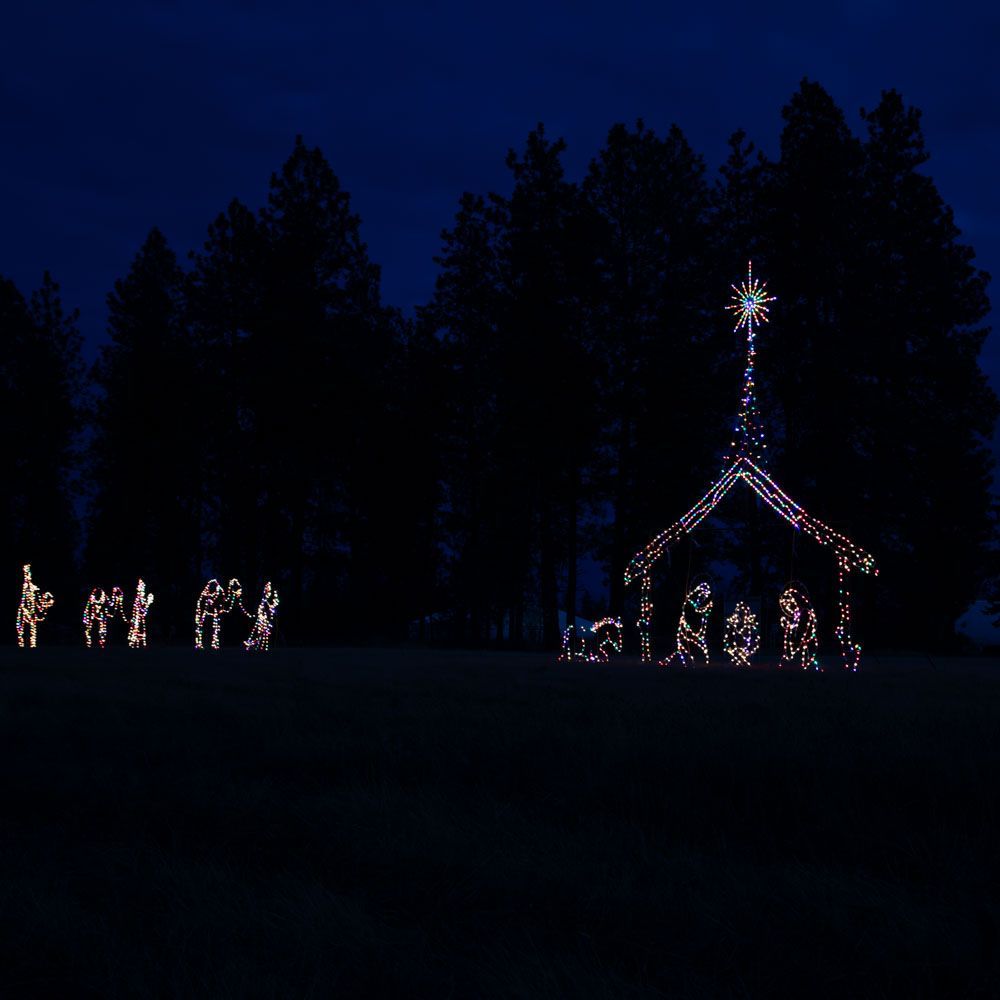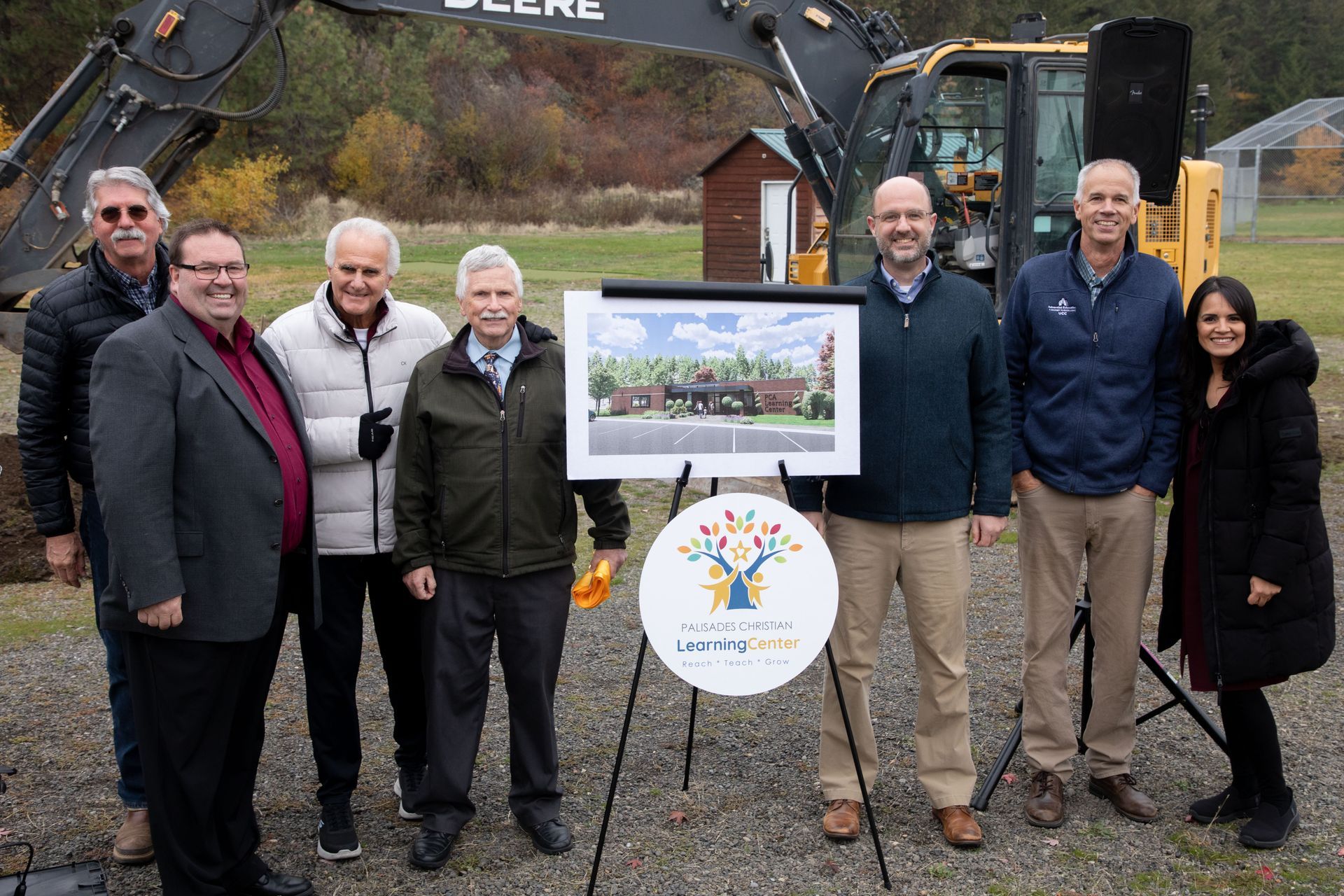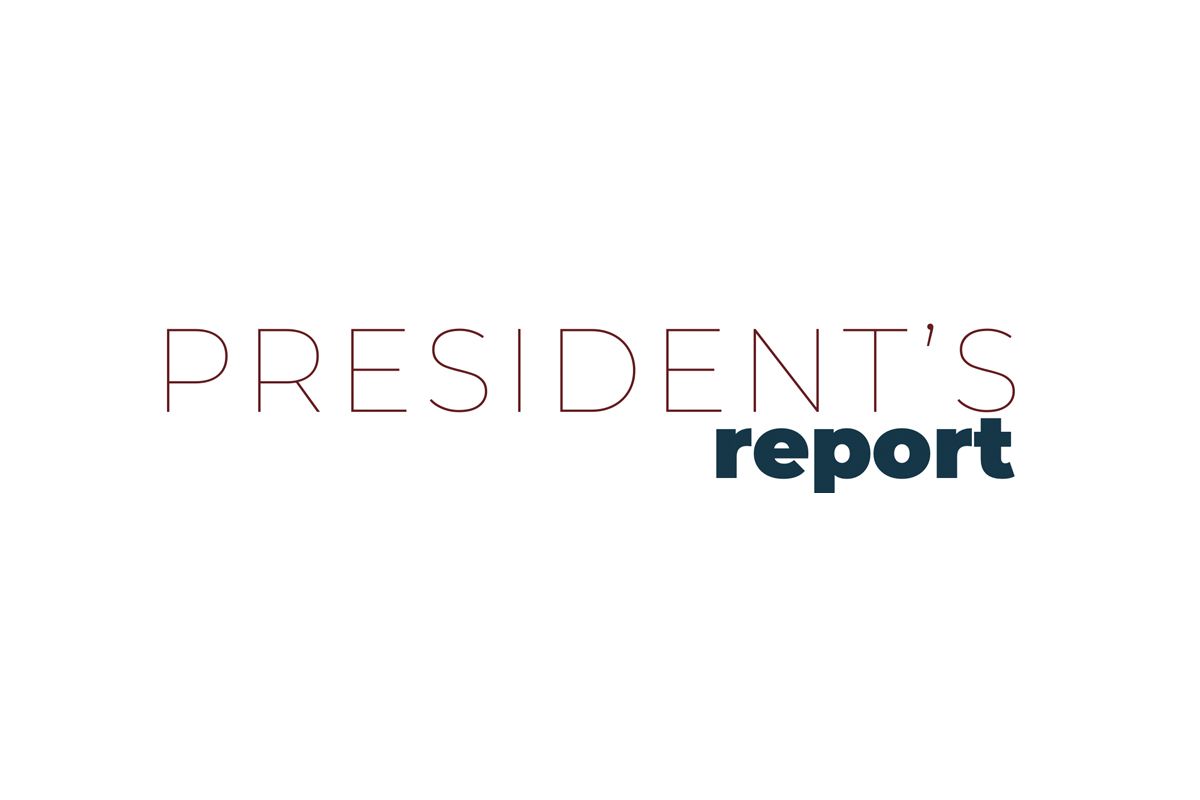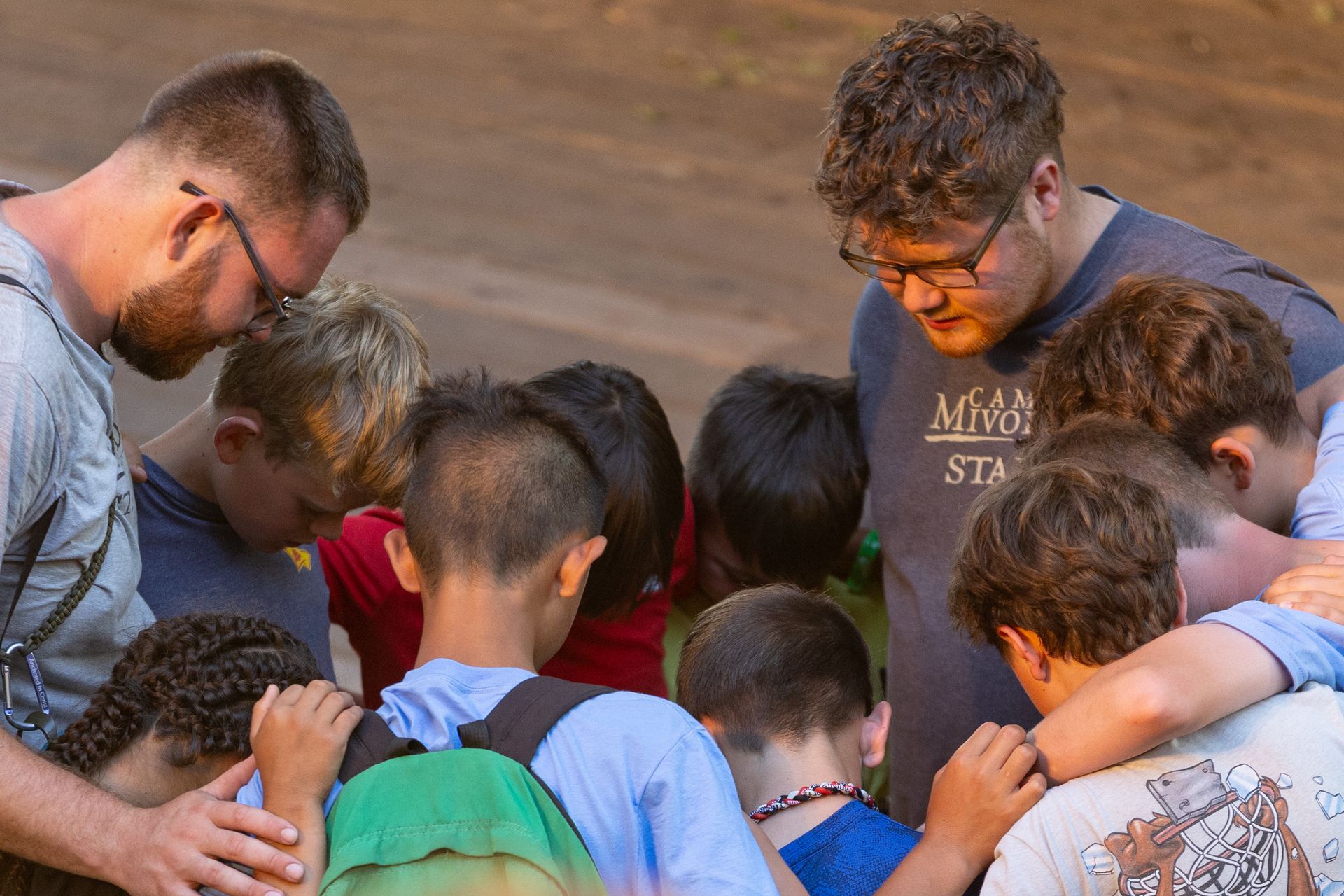How Risky is Getting Too Much Sun?
Being in the sun is great for your health, but not using sunblock can be detrimental.
By Cindy Williams, RN
Director, Health Ministries
During the summer between my freshman and sophomore years of high school, I went to visit my oldest sister for a month. She lives in Denver Colorado – a welcome change from the desert heat of our home in Phoenix, Arizona. One of the fun activities that she had planned was a tubing trip on one of the rivers up in the mountains. It was very fun until the next day when I had the worst sunburn ever! The high altitude, reflection off the water, and length of time we were out led to an undesirable outcome. We had to stay home for the next few days because I couldn’t wear any clothes except my swim suit.
A study published May 29, 2014, in the journal Cancer Epidemiology, Biomarkers & Prevention found that white women who get five or more blistering sunburns between the ages of 15 and 20 have an 80 percent increased risk for melanoma. The report pointed out that each person’s risk of developing skin cancer depends on many factors including use of tanning beds, hair color, number of moles, and family history. It emphasized the importance of protecting children from excessive early-life sun exposure. This message is consistent with what public health officials have been telling us for decades. Avoid the sun! Wear sunscreen, long sleeves, and hats to keep from getting too much sun.
Last week I wrote about the benefits of sunshine and vitamin D. We also have what seems to be a conflicting message about the dangers of sun. Some scientists worry that the emphasis on preventing skin cancers tends to override the larger mortality burden from lung, colon, and breast cancers. Many studies have shown that cancer-related death rates decrease as you move toward lower latitudes. One scientist says that moving from north to south you might have an extra two or three deaths per hundred thousand people. But you will also have thirty or forty fewer deaths from the other major cancers.
So, how do we balance this and give a clear message about the benefits of sunshine while still preventing unnecessary deaths from skin cancer? Or, is there a puzzle piece that is still missing? Stay tuned!
References
- Benefits of Sunlight: A Bright Spot for Human Health — National Institutes of Health
- Bad Sunburns While Young and Melanoma Risk — WebMD
This article is part of a continuing series of health during these COVID times. For other articles, please see www.uccsda.org/healthministries.
Photo used with permission from https://www.flickr.com/photos/7200789@N06/3576559407













